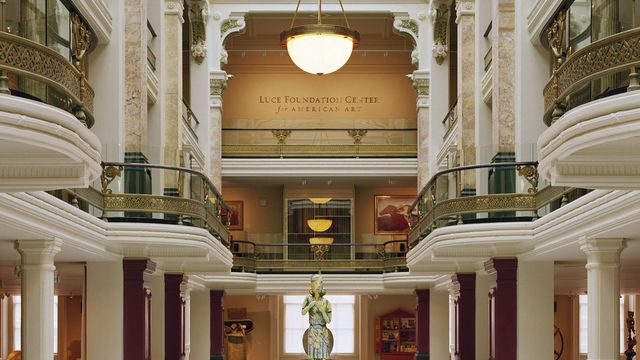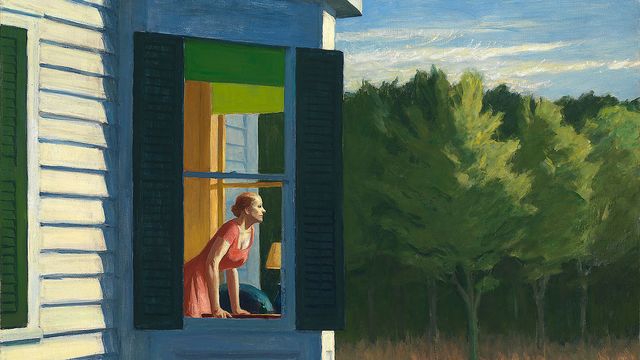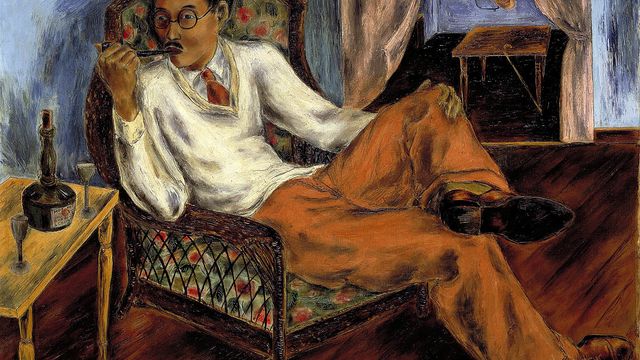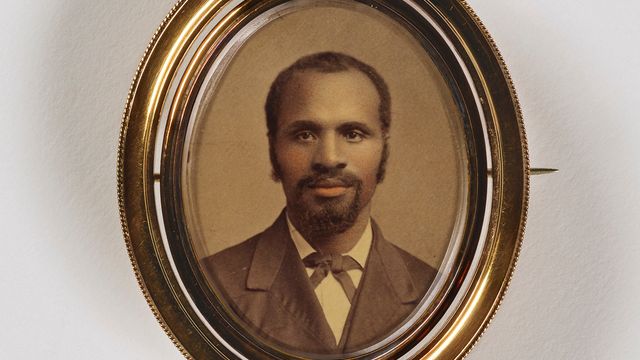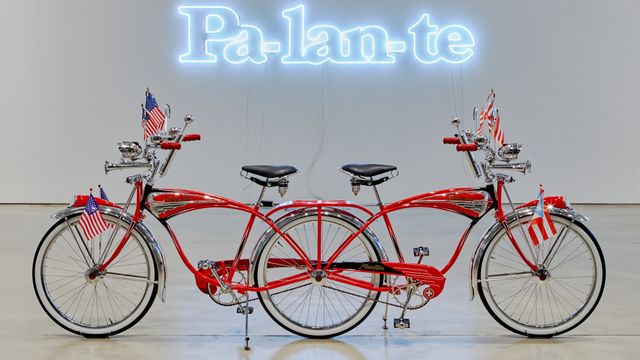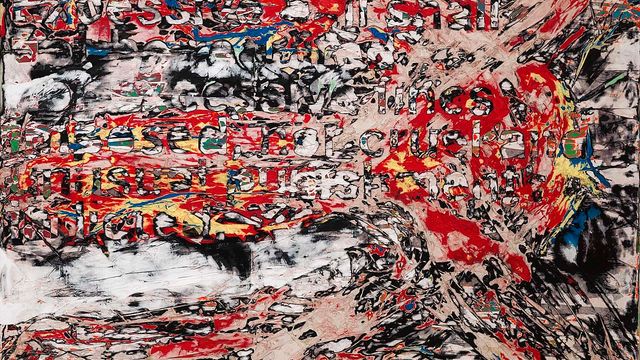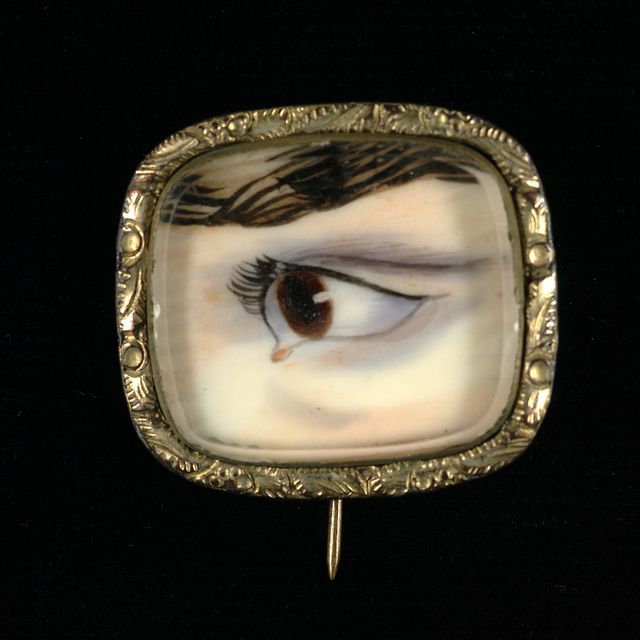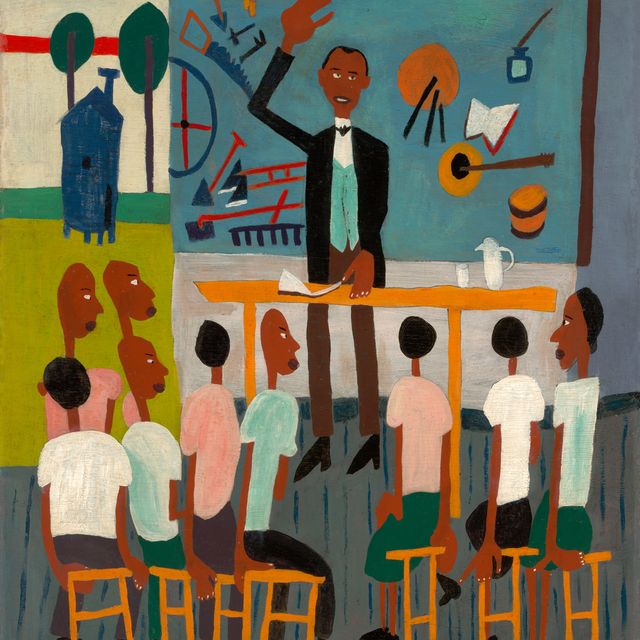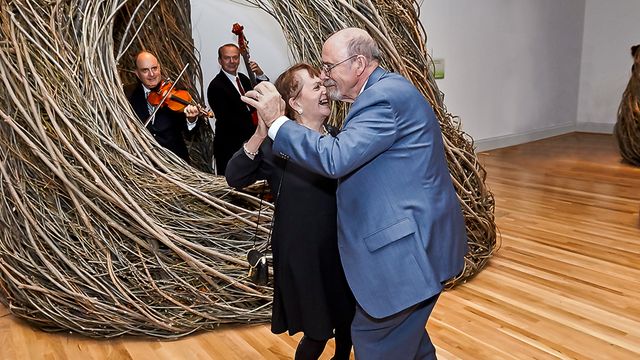Childe Hassam, Tanagra (The Builders, New York), 1918, oil on canvas, 58 3⁄4 x 58 5⁄8 in. (149.2 x 149.0 cm), Smithsonian American Art Museum, Gift of John Gellatly, 1929.6.63
Free to use
Copied
Artwork Details
- Title
- Tanagra (The Builders, New York)
- Artist
- Date
- 1918
- Location
- Not on view
- Dimensions
- 58 3⁄4 x 58 5⁄8 in. (149.2 x 149.0 cm)
- Credit Line
- Gift of John Gellatly
- Mediums
- Mediums Description
- oil on canvas
- Classifications
- Subjects
- Object — furniture — screen
- Object — flower — narcissus
- Architecture Interior — detail — window
- Object — flower — rose
- Object — art object — sculpture
- Figure female — knee length
- Object Number
- 1929.6.63
Artwork Description
Exhibition Label, Smithsonian American Art Museum, 2006

